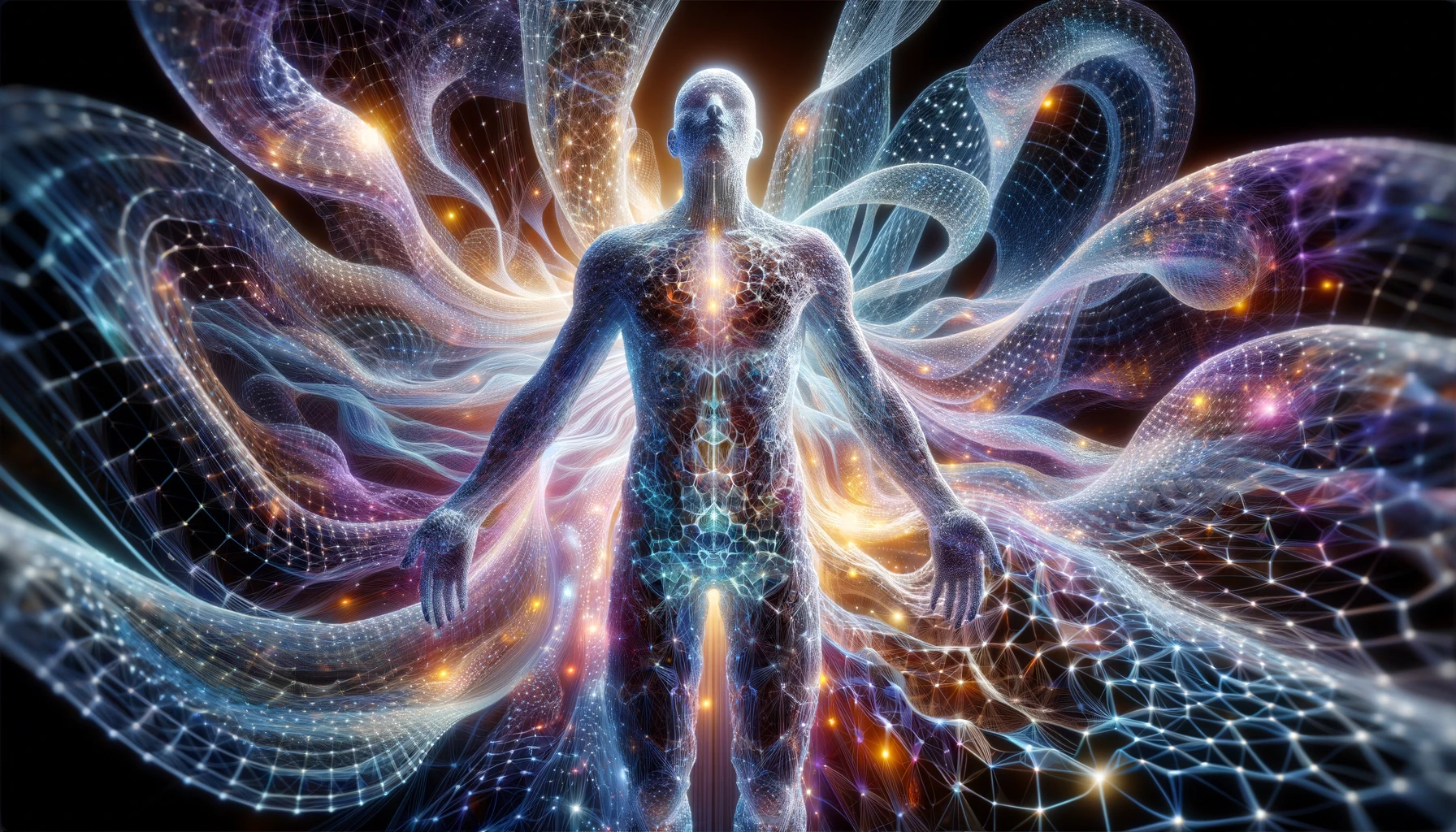1. The Significance of Memory in Biological Systems: Focusing on Bioelectric Memory
Memory serves as a pivotal function within biological systems, underpinning the survival, adaptation, and evolutionary processes of organisms across the spectrum of life. Central to this discussion is the concept of bioelectric memory, where cells and tissues not only generate and respond to electrical signals but also retain a form of “memory” of these bioelectric states. This capacity enables organisms to record and recall patterns of bioelectric activity, guiding crucial processes such as wound healing, regeneration, and morphogenesis. Recent advances in the field of bioelectrics have illuminated the mechanisms through which such memories are encoded at the cellular level, revealing a complex interplay of ion channels, electrical gradients, and gene expression patterns. This understanding challenges traditional views of memory and cognition as being solely the domain of neural systems, suggesting instead that bioelectric phenomena contribute fundamentally to the informational architecture of all living organisms.
2. Field Potentials in Physics: A Current Understanding
In the realm of physics, field potentials represent a cornerstone concept, integral to our understanding of the forces that govern the universe. These potentials describe the energy landscape that influences the behavior of charged particles and bodies under the effect of electromagnetic, gravitational, and nuclear forces. Quantum mechanics and general relativity, two pillars of modern physics, offer complementary perspectives on field potentials—quantum fields describe the probabilistic nature of particle interactions at the smallest scales, while the curvature of spacetime in general relativity explains the macroscopic manifestations of gravity. Together, these frameworks encapsulate our current understanding of how field potentials shape the fabric of the universe, from the binding energy within atomic nuclei to the vast gravitational wells of black holes.
3. Hypothesis: Encoding of Field Potentials in the Fabric of the Universe
Building on these foundational concepts, this paper proposes a novel hypothesis: that the memory of field potentials—spanning the bioelectric to the cosmological—is recorded into the very fabric of the universe through a higher-dimensional encoding mechanism. This proposition suggests a universe where information, in the form of bioelectric patterns and field potentials, is not transient but is instead preserved within a non-quantized, higher-dimensional space. Such a mechanism would not only offer a unified framework for understanding memory across biological and physical systems but also imply a profound interconnectedness between the observable universe and a deeper, dimensional architecture. This hypothesis posits that the higher-dimensional space acts as a cosmic repository, encoding the history and state of the universe’s energy and information—a concept that challenges and extends our current paradigms in both biology and physics.
Bioelectric Memory: A Biological Perspective
In the realm of biological systems, the phenomenon of bioelectric memory provides a striking example of how living organisms leverage the laws of physics to encode, store, and retrieve information crucial for their survival and function. This memory mechanism is rooted in the bioelectric potentials generated by cells and tissues, which are governed by the differential distribution of ions across cellular membranes. Bioelectric signals—arising from the orchestrated opening and closing of ion channels—guide a plethora of physiological processes, from embryonic development to tissue regeneration and wound healing.
The concept of bioelectric memory suggests that these signals are not ephemeral but are instead recorded in the cellular and extracellular matrix, allowing for the reactivation of developmental pathways, modulation of gene expression, and the re-establishment of morphogenetic fields. This capacity for memory storage and retrieval is instrumental in the adaptive responses of organisms to their environment, enabling a form of cellular learning and decision-making that is integral to biological complexity and diversity.
From a physics perspective, the encoding of bioelectric memory can be conceptualized within the framework of field potentials—electromagnetic fields that permeate and define the space around charged particles and bodies. In biological systems, these fields are localized to the immediate surroundings of cells and tissues, influenced by the collective dynamics of ions and charged biomolecules. The modulation and propagation of these fields, in response to bioelectric signaling, represent a form of information processing that mirrors the broader principles of electromagnetic interactions in the universe.
The hypothesis presented in this paper suggests that bioelectric memories, like all forms of energy and mass, are subject to the universal laws of thermodynamics and gravitation. It posits that the storage and retrieval of bioelectric information are mediated by a higher-dimensional geometry, where the flow of information (energy) towards zero-energy states enables the encoding of memory within non-quantized space. This process is hypothesized to be governed by geometric resonance between the dimensionalities of entropy (characterizing the high-entropy, probabilistic, and relativistic universe of quantized space) and non-entropy states (the ordered, deterministic universe of non-quantized space).
Such a framework offers a novel lens through which to view the intersection of biology and physics, suggesting that the mechanisms underlying bioelectric memory in biological systems are not merely products of evolutionary adaptation but are also deeply entwined with the fundamental structure of the universe. The implication is profound: that life, in all its complexity, is a manifestation of the universe’s capacity to encode, process, and preserve information across the vast expanse of space and time. This perspective not only enriches our understanding of biological phenomena but also invites us to reconsider the nature of memory, information, and the interconnected web of energy and mass that constitutes the cosmos.








